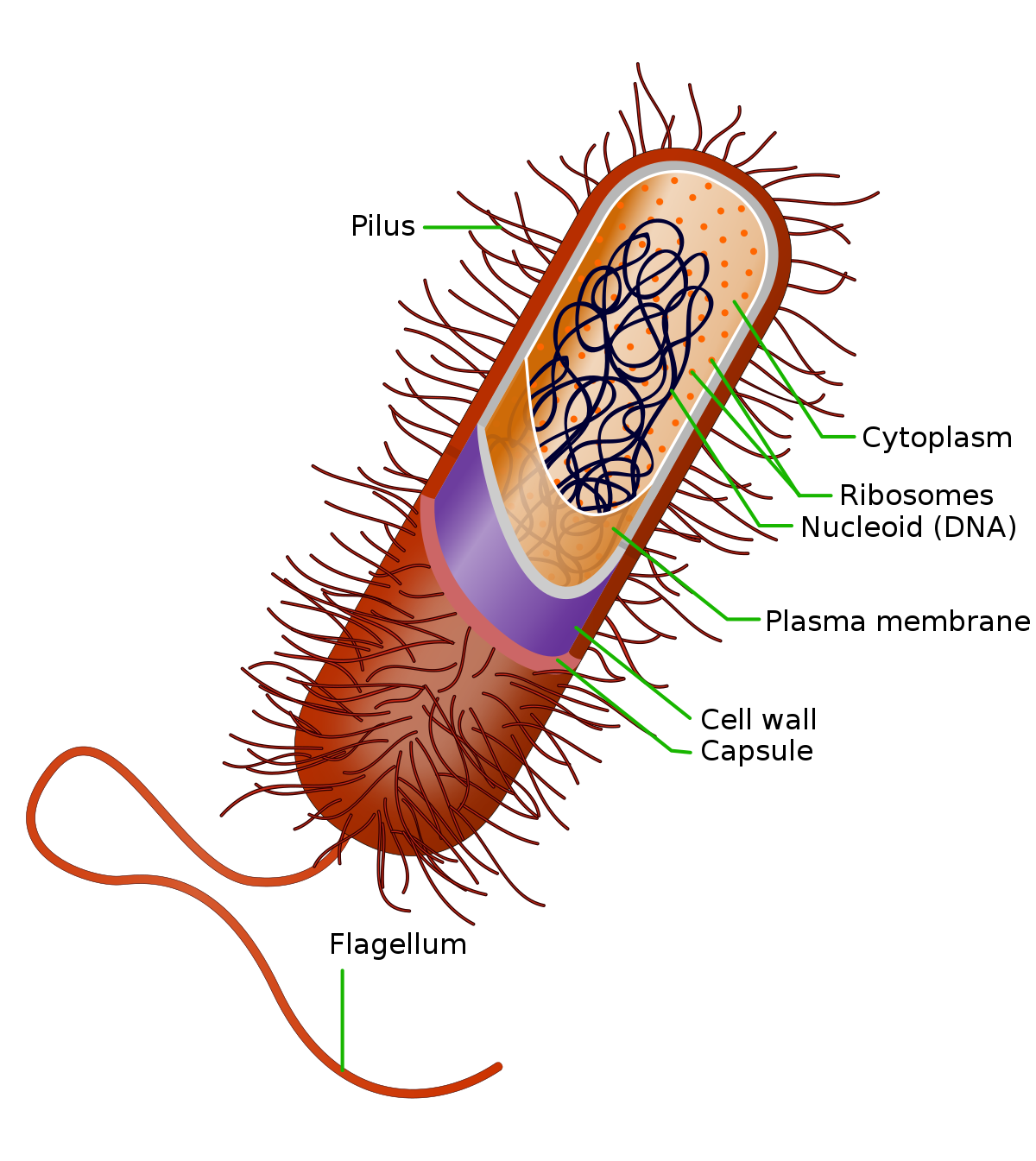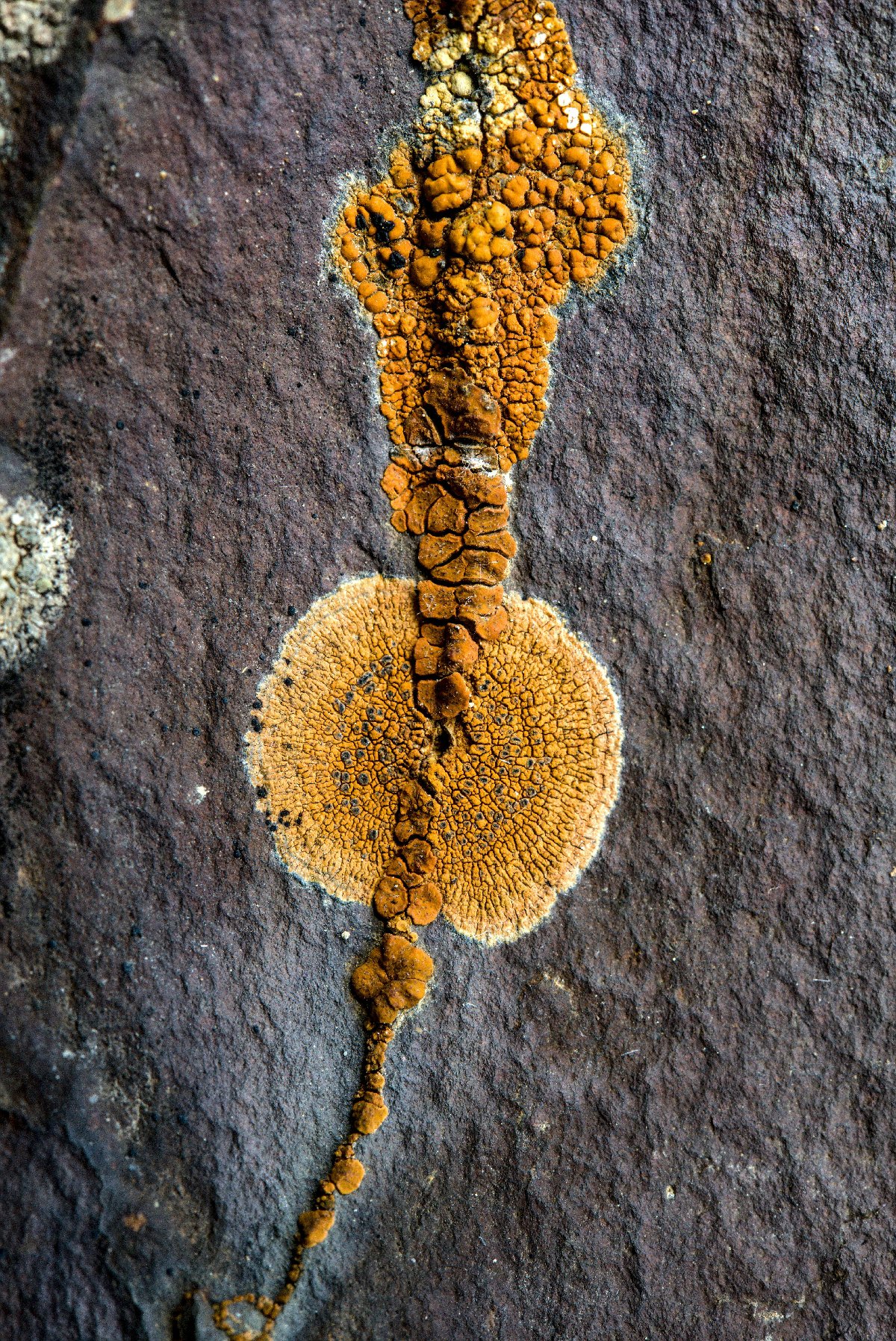Where did soil come from?
Soil is ubiquitous, it’s just there, beneath our feet with plants growing out of it , we can take it for granted and just consider that it’s ‘stuff’ but in reality it is life.
Let’s go back to the beginning…
In the beginning the earth was hot and rocky and it remained this way for about 2 billion really long hot years. The Earth formed over 4.6 billion years ago out of a mixture of dust and gas around the young sun. It grew larger thanks to countless collisions between dust particles, asteroids, and other growing planets, including one last giant impact that threw enough rock, gas, and dust into space to form the moon.
It remained a hot inhospitable ball, bubbling with volcanic activity through much of the Archean Eon until about 2.5 billion years ago, then things started very slowly to change…
“Something tells me this thing is only half baked” - DALL_E Render inspired by The Far Side cartoon
The early Earth
Early earth was characterized by a hot, barren landscape with widespread volcanic activity. The surface was dominated by rocks and molten lava, with frequent volcanic eruptions contributing to the atmosphere's composition. Initially, Earth lacked stable continental landmasses. The first continents began to form as Earth cooled, but these were much smaller than today's continents. The process of plate tectonics gradually reshaped these early continents, leading to the formation of larger landmasses over billions of years. Earth's early atmosphere was very different from the current one, primarily composed of gases released from volcanic eruptions, such as water vapor, carbon dioxide, methane, ammonia, and nitrogen. There was little to no free oxygen. As the planet cooled, water vapor in the atmosphere condensed to form rain, which eventually filled the planet's depressions to create the first oceans. This period marked the beginning of the hydrological cycle.
First life
Initially, Earth was devoid of life. The first evidence of life, primarily in the form of simple microorganisms, dates back to approximately 3.5 billion years ago. Before the advent of life, there was no biological contribution to soil formation.
The process of soil formation began with the physical and chemical weathering of rocks. This was initially a slow process, influenced by Earth's atmosphere and water. Over time, as water cycled through the environment, it began to break down rock into smaller particles, a process that was purely abiotic (non-living) at first.
Dirt to soil requires life
There was a clear turning point in the evolution of soil and yes, soil evolved becuase it is a living substance, or perhaps more accurately it is a living ecosystem. The difference occured when the proic ess of soil formation moved from physics and chemistry to biology.
As detailed above it was physical and chemical weathering that first broke apart the solid rocks that the earth is made from into small enough pieces and constituent parts to be able to be acted on and interacted with biological processes.
Prokaryotes evolved before eukaryotes, and lack nuclei, mitochondria or most of the other distinct organelles that characterize the eukaryotic cell.
Prokaryote
(No, not someone really good at singing along in a bar) Prokaryotes were likely the first real life to emerge on earth. These organisms were similar to modern bacteria and archaea, capable of surviving in the harsh conditions of early Earth. These early microorganisms contributed to the chemical weathering of rocks. For example they would have released acids as metabolic byproducts, which dissolve rock minerals, releasing nutrients like phosphorus, potassium, and trace elements into what would become soil. The first part of the biological formation of soil had begun.
Chemical Contributions to soil formation
Prokaryotes contributed to the chemical weathering of rocks, which is a key process in soil formation. They produced acids and other compounds as metabolic byproducts that could chemically interact with minerals in rocks, breaking them down and releasing essential nutrients into the environment. This process helped to create the initial mineral particles that would become components of soil.
Certain prokaryotes, especially some archaea and bacteria, have the ability to fix atmospheric nitrogen, converting it from a form that is unusable by most organisms (N2 gas) into forms that can be used as nutrients (such as ammonia). This process began to enrich the early Earth's surface with nitrogen, a crucial element for the biosphere, contributing to the fertility of the emerging soils.
Cyanobacteria, a group of photosynthetic bacteria, played a critical role in producing oxygen through the process of photosynthesis. While not directly related to soil formation, the oxygenation of the atmosphere and the subsequent oxidation of Earth's surface had indirect effects on soil formation processes, including the oxidation of minerals and the formation of new mineral types that would become part of the soil matrix.
Physical Contributions to soil formation
Prokaryotes, particularly cyanobacteria, were capable of forming biological crusts and mats on the surface of rocks and early soil. These structures trapped dust, sediments, and water, creating microhabitats that facilitated further weathering of minerals and the accumulation of organic matter. Over time, these activities contributed to the development of more complex soil structures.
As prokaryotes lived, reproduced, and died, their biomass contributed to the accumulation of organic matter in the form of dead cells and other biological debris. This organic matter was crucial for the development of soil, as it increased the soil's capacity to retain water and nutrients, improving its fertility and structure.
The activities of prokaryotes in the soil, including their physical presence and the slime they often produce, helped to bind soil particles together into aggregates. These aggregates are essential for good soil structure, promoting aeration, water infiltration, and root growth.
After the bacteria came fungi and lichens
The prokaryotes were the first biological entities to start turning bare rock into life giving soil but it was with the arrival of fungi and then lichens that accelerated the process. Fungi are among the earliest forms of life to colonise land, with fossil evidence suggesting their presence at least 1 billion years ago. However, the most definitive fossil evidence of fungi dates back to around 460 to 455 million years ago, in the Ordovician period. The emergence of fungi on land was a crucial step in terrestrial ecosystem development. Fungi's ability to decompose organic matter and cycle nutrients made them integral to the soil formation process and the establishment of terrestrial ecosystems. Lichens appeared a little later, they are thought to have appeared on land at least 400 million years ago, during the Silurian period, and in case you’re not sure what lichens are the reason for them appearing after fungi and after bacteria will become clear.
What are lichens?
Lichen are highly varied
There are estimated to be about 20,000 known species of lichens worldwide. Lichens are incredibly diverse and inhabit a wide range of environments, from arctic tundras to tropical rainforests, and even urban areas, where they grow on surfaces like rocks, trees, and man-made structures. This number is continually refined as new species are discovered and as taxonomic understanding improves with advances in genetic analyses and field studies. Lichens are classified into various types based on their morphology—their form and structure—including crustose (crusty), foliose (leafy), and fruticose (shrubby or hair-like) lichens, among others. Each type represents a vast array of species, each adapted to specific environmental conditions and ecological niches.
We think of lichens as sort of flat plants that grow on rocks, perhaps a ‘simple’ organism but the truth is very far from that, lichens are not a single or simple organism at all. A lichen represents a complex and enduring symbiotic relationship, not merely a singular life form. It is the result of a partnership between a fungus and photosynthetic organisms, which may include algae and/or cyanobacteria. This unique alliance forms a distinct entity that exhibits characteristics and capabilities beyond those of its individual components.
In this symbiotic arrangement, the fungi, which are integral to the lichen's structure, depend on carbon for survival—a vital nutrient they cannot produce on their own. They obtain this carbon from their photosynthetic partners, the algae and/or cyanobacteria, known collectively as photobionts. These photobionts are capable of photosynthesis, a process by which sunlight is converted into chemical energy, producing carbon-rich compounds that feed the fungal component of the lichen.
The relationship between the fungi and their photobionts is commonly regarded as a form of mutualism, a type of interaction where both parties derive significant benefits. For the fungi, the benefit is the acquisition of carbon, essential for their growth and sustenance. In return, the fungi offer the photobionts a protected environment and access to minerals and water, enhancing their survival prospects. This mutual support system allows lichens to thrive in a wide range of environments, often in conditions where neither fungi nor photobionts could survive alone.
The lichen symbiosis exemplifies the intricate and cooperative interactions that underpin much of life on Earth. It highlights the remarkable adaptability and resilience of organisms through collaborative existence, enabling them to colonize and endure in some of the planet's most challenging habitats. This relationship not only showcases the biological diversity and complexity of symbiotic systems but also underscores the fundamental principles of interdependence and cooperation in nature.
The Combined Effect
The appearance of fungi and lichens on land was a pivotal event in Earth's history, leading to significant ecological and evolutionary changes. Fungi, with their diverse roles as decomposers, mutualists (e.g., in mycorrhizal relationships with plants), and pathogens, have influenced the evolution of plant life and the structure of ecosystems. Lichens, through their symbiotic nature and ability to inhabit and weather the most inhospitable environments, contributed to the transformation of Earth's barren landscapes into habitable ecosystems capable of supporting diverse life forms.
Together, lichens, fungi, and bacteria initiate the breakdown of bare rock through physical and chemical weathering, contributing to the formation of initial soil layers. As these organisms grow, reproduce, and die, they add organic material to the mix, which is further decomposed by bacteria and fungi. This process not only enriches the soil with nutrients but also improves its structure and capacity to support life.
Over time, the continued activity of these organisms, along with the accumulation of plant debris and animal detritus, transforms the initial weathered rock material into fertile soil, capable of supporting complex ecosystems. This collaborative process exemplifies the importance of biological contributions to geologic and ecosystem changes, highlighting the intricate connections between life and the Earth's surface.
Life is soil and soil is life
Soil and life are intertwined in an eternal dance of creation and sustenance, where one cannot exist without the other. The genesis of soil is a tale that spans billions of years, serving as the crucible for the exchange of nutrients that breathe life into our world. Absent the vivifying touch of life, Earth would remain a desolate orb, a mere space rock devoid of animation. It is the myriad forms of life, both within and atop the soil, that have sculpted our planet into a cradle for existence. Through the ages, this biological alchemy has moderated the climate and reshaped the atmosphere, orchestrating the myriad forms carbon assumes—be it as ethereal CO2 adrift in the atmosphere, ensconced within the sinews of flora and fauna, or interred in the soil beneath our feet.
The carbon that cycles through, upon, and above the Earth remains a constant quantity, a vestige of stardust, unaltered in its elemental form. Yet, what transforms is its locale and guise, driven by the dynamic force of life—a phenomenon possibly unique in the cosmos. Life weaves a tapestry of interconnection and cyclical processes that we are only beginning to comprehend. This narrative of soil and life speaks to a deeper philosophical truth: that life is not merely a passenger on Earth but a fundamental architect of its reality. Through the lens of life, carbon—eternal and unchanging in quantity—embarks on an endless journey of transformation, a testament to the power of life to redefine the very fabric of existence. This interconnectedness, this cycle of life and renewal, challenges us to envision our place within a universe where life's unique capacity to change and adapt reveals the profound interdependence of all things.



